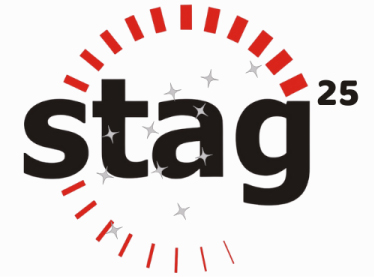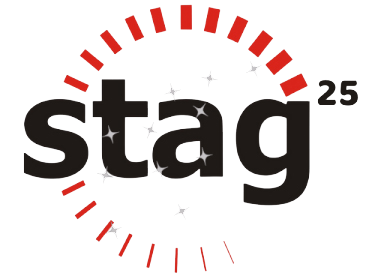This article is the second one on checklists, the first one being “The power of checklist“
Checklists seem to defend everyone, a kind cognitive net designed to catch flaws of memory and attention.
Atul Gawande in his book “ The Checklist Manifesto” states that there are three kinds of problems in the world:
- SIMPLE: Individualistic in nature, solvable by application of simple techniques.e.g. Bake a cake.
- COMPLICATED: Can be broken into a set of simple problems, requires multiple people, often multiple specialized teams. Timing, coordination becomes a serious concern. e.g. Launching a rocket.
- COMPLEX: These are problems where the solution applied to two similar problems may not result in the same outcomes. e.g. Raising a child. Expertise is valuable, but most certainly not sufficient.
He continues on to say that checklists can provide protection against elementary errors in the case of simple problems that we are designed with. This can be accomplished by simple activity task checklist.
In the case of complex problems that require multiple specialists to coordinate and be in sync, a simple activity task checklist won’t do, what is needed is a checklist with communication tasks to ensure that experts discuss on the matter jointly and take appropriate action.
“Man is fallible, but maybe men are less so” Belief in the wisdom of the group, the wisdom that multiple parts of eyes are on the problem and letting watchers decide what to do.
So how can checklists help in solving simple/complex problems? Using simple activity task checklists to ensure simple steps are not missed or skipped and checklist with communication tasks to ensure that everyone talks though and resolves hard and unexpected problems.
Building tall buildings is a complex problem and the success rate of the construction industry’s checklist process has been astonishing. Building failure is less than 0.00002%, where building failure is defined as the partial or full collapse of a functioning structure. (from a sample size of a few million buildings!).
Now let us turn our attention to the complex problem. How does one deal with complex, non-routine problems that are fundamentally difficult, potentially dangerous and unanticipated? In these situations, the knowledge required exceeds that of any individual and unpredictability reigns. To solve these it is necessary to push the power of decision making from a central authority to the periphery, allowing people to make the decision and take responsibility.
So the checklist needs to allow for judgment to be used in the tasks rather than enforce compliance, so that actions may be taken responsibly. This needs to have set of checks to ensure stupid but critical stuff is not overlooked, a set of checks to ensure coordination and enable responsible actions to be taken without having to ask for authority. There must be room for judgment, but judgment aided and even enhanced by a procedure. Note that in COMPLEX situations, checklists not only help, they are *required* for success.
So, how does one make checklists that work? Aviation industry thrives on checklists in normal times and also to tackle emergencies. The advice from Boorman from the “The Checklist Factory” of Boeing for making checklists that work are:
- Good checklists are precise, easy to use in the most difficult situations. They do not spell out everything, they only provide reminders of critical and important steps, the ones that even the highly skilled professionals would miss.
- Bad checklists are too long, hard to use; they are impractical. They treat people as dumb and try to spell out every step. So they turn people’s brain off rather than turning them on.
“The power of checklists is limited, they help experts remember how to manage a complex process or machine, make priorities clearer and prompt people to function well as a team. By themselves, however, checklists cannot make anyone follow them.” (Boorman, Boeing)
So how should a good checklist look like?
- Keep the length of checklist between five to nine items, the limit of human memory.
- Decide on whether you need a DO-CONFIRM checklist or READ-DO checklist. With a DO-CONFIRM checklist, individuals perform jobs from memory and experience and pause to CONFIRM that everything that was supposed to be done was done. With the READ-DO checklist, individuals carry out the tasks as they tick them off, it is like a recipe. So choose the right type of checklist for the situation. DO-CONFIRM gives a people a greater flexibility in performing the tasks while nonetheless having to stop and confirm at key points.
- Define clear pause points at which a checklist should be used
- The look of checklist matters, they should be free of clutter and fit into a page
In summary
- Ticking boxes is not the ultimate goal
- Checklist is not a formula, it enables one to be smart as possible
- It improves outcomes with no increase in skill
- Checklists aid efficient working
As smart individuals, we don’t like checklists. It somehow feels beneath us to use a checklist, an embarrassment. The fear is that checklists are about mindless adherence to protocol.
Hey, the checklist should get the dumb stuff out the way so as to let you focus on the hard stuff. We are all plagued by failures – by missed subtleties, overlooked knowledge, and outright errors. Just working harder won’t cut. Accept the fallibilities. Recognise the simplicity and power of the checklist.
Try a checklist. It works.
If you find the article interesting, please ‘like’, ‘share’ or leave a comment below.


